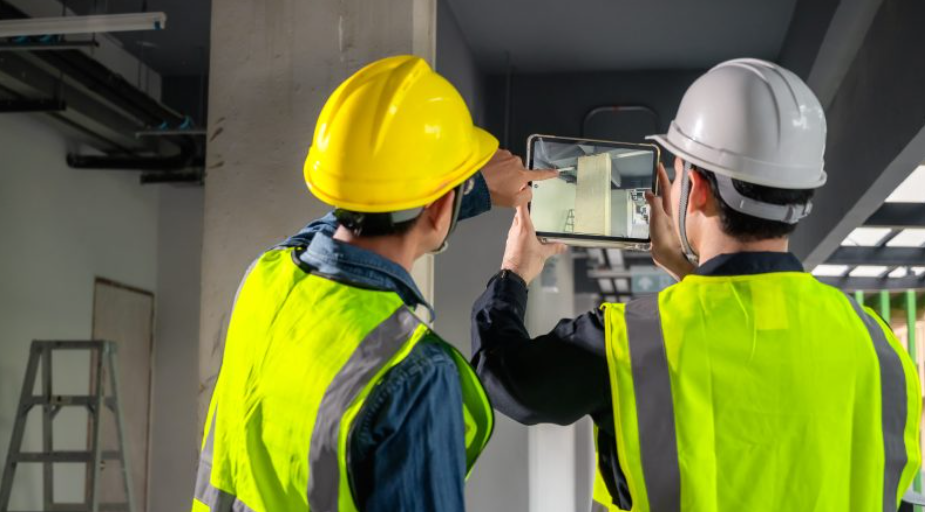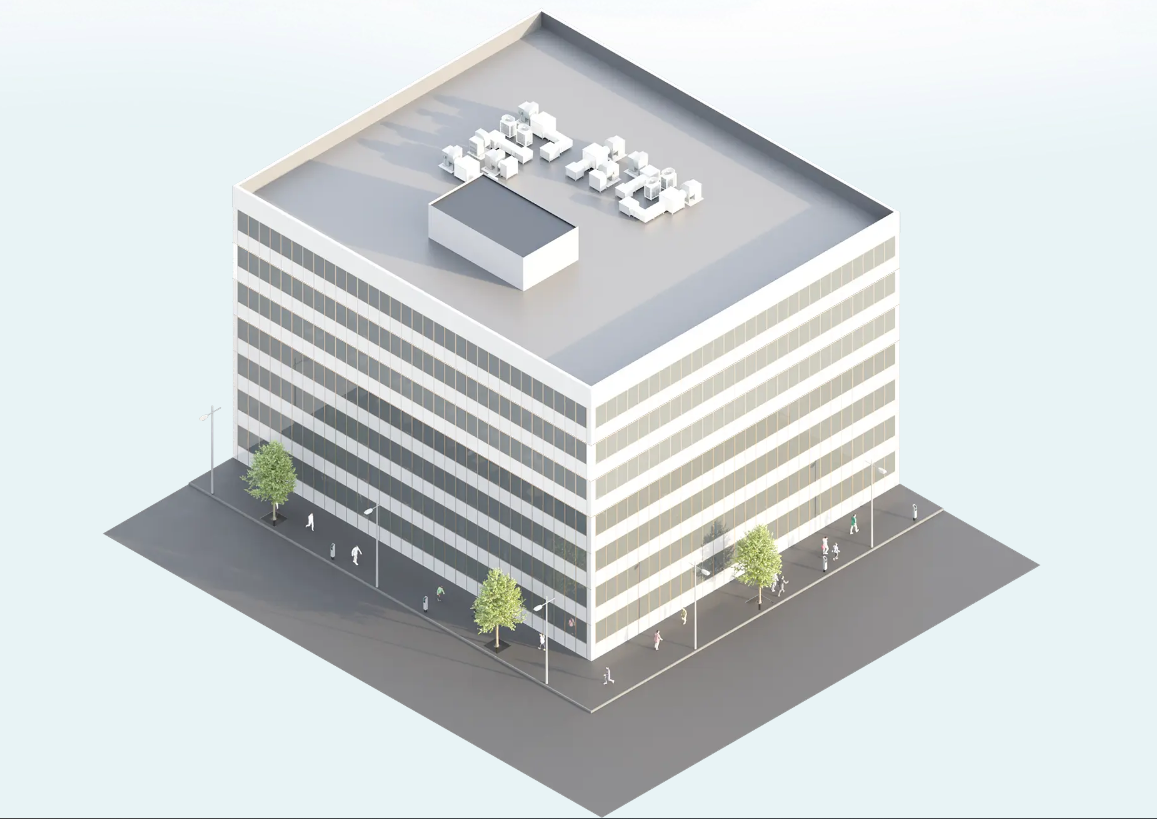· 5 min read
The Most Political World Cup Yet
As the curtain closes on Qatar 2022 today with what promises to be a historic final showdown between the defending champions France, and the Copa America champions Argentina, there has been a lot to reflect on leading on to Qatar 2022 and the tournament itself.
Qatar 2022 has been a subject of controversy for over a decade now. Since they were awarded the hosting rights ahead of countries like the US, Australia, Japan and South Korea, the whole idea of hosting the world cup in a ‘none footballing nation’ like Qatar has been met with great scrutiny, one that has not only revealed how they bought the World Cup, but also exposed the huge corruption in FIFA.
There has also been controversy over working conditions during the massive-scale construction phase (between 2010–2020) ahead of the tournament, where over 6,500 migrant workers were reported to have died. Allegations the Qatari authorities have consistently refuted as unfounded and misleading. As the tournament progressed, the cultural, religious, and political issues did not cease from taking centre stage as well, resulting to it being widely described as “the most political World Cup yet.”
Beyond the politics that has shrouded the 2022 World Cup in Qatar, common with global sporting events like the World Cup, Qatar 2022 hasn’t fallen short as a huge platform for branding and advertising with global brands like Coca-Cola, Budweiser, JustEat, VISA amongst others getting the spotlight. The biggest showcase that caught my attention is not quite an actual brand in the class of the products and services earlier mentioned, it’s technical, it’s engineering, but it’s quite as (if not more) remarkable and game-changing as the football prowess of Lionel Messi and Kylian Mbappe put together.
Doing things differently
Whilst a lot of people who had high hopes for their national teams and those of soccer stars they admire may have suddenly become blasé about this year’s football fiesta, no one can say Qatar 2022 has been below par when classed with other mondial sporting tournaments. If anything, the world cup in Qatar has opened up a lot of possibilities about change and how doing things differently can still deliver remarkable results.
As someone in the architecture, engineering, and construction (AEC) industry, Stadium 974 in Qatar has turned out to be a largely successful attempt at showcasing the possibilities of modular construction on a large scale, at a huge stage by leveraging the attributes of design for disassembly (DfD).
Having recently concluded an academic research on the barriers, drivers and perceptions of offsite construction, key findings suggest that there’s need for the industry to create more awareness about the value proposition of these modern methods of construction, to secure the buy-in of clients and the end-users in a bid to kick-off more widespread adoption. Whilst people outside the industry may not be familiar with all the words, acronyms and phrases that have been buzzing in the industry over the past decade like lean, BIM, MMC, ESG, circular economy, cradle to cradle, etc., real life examples like Stadium 974 puts these things into perspective for everyone, and that’s why I consider this a big deal.
Designing for disassembly and reassembly
Design for Disassembly is the approach to designing buildings that allow for future changes and deconstruction (in part or whole) for the recovery of systems, components, and materials, ensuring that the building can be recycled as efficiently as possible at the end of its lifespan, reducing both resource consumption and pollution.
The sustainability promises of DfD like reduced embodied energy and lower carbon emission notwithstanding, uncertainty regarding the quality of used materials, lack of legislation on recycled materials, perceived cost and speed of the deconstruction process when compared to demolition, are all factors impeding the widespread adoption of the method. However, it is hoped that by following and improving upon the example Stadium 974 has set, we’ll begin to witness a shift from permanent structures that become largely underutilised, redundant and a national liability, like the National Theatre in Lagos-Nigeria, an iconic building which has since lost its splendour, to demountable structures, that can be repurposed for use elsewhere, thereby allowing for the lands they temporarily occupy to be reclaimed and put to other valuable use.
Considering the global clamour for sustainability, with environmental, social and governance (ESG) taking centre stage, the construction industry has been incrementally turning to more efficient modern methods of construction and Stadium 974 shines the spotlight on how far the industry has gone in its sustainability drive. So, what is it about this stadium and why should anyone care, you may ask.

Stadium 974: creating an innovative blueprint for others to follow
Stadium 974 is a 40,000 capacity stadium made out of 974 recycled and repurposed shipping containers and modular steel. 974 also symbolises Qatar’s international dialling code. This innovative arena, which is the first temporary stadium in the history of the world cup, will be dismantled shortly after the World Cup, with plans of shipping it off to where it is needed, as plans of shipping it across the Persian Gulf and the South Atlantic Ocean into Uruguay should their 2030 world cup bid success is being rumoured,
The goal, according to the designers, Fenwick Iribarren Architects, was to avoid developing a “white elephant,” a stadium that is left unused or underutilised after the event, as is common with purposed built sporting venues in the past, notably the World Cups in South Africa, Brazil, and Russia.
In operation, the stadium is still energy efficient as it is the only venue out of the 8 stadia built for the World Cup that does not have air conditioning. Its unique design and situation just beside the waterfront allow for natural ventilation from the sea breeze, however, because of the humid nature of the country, the stadium was only able to host evening matches.
Despite receiving a 5 star rating for both its design and construction from the Global Sustainability Assessment System (GSAS), experts say, deciding whether Stadium 974 has a lower carbon footprint than a permanent one boils down to “how many times, and how far, the stadium is relocated and reassembled.”
Although a temporary venue, Stadium 974 has surely left long-lasting memories and a remarkable legacy for the construction industry that will outlive the world cup in Qatar.
This article is also published on Medium. Future Thought Leaders is a democratic space presenting the thoughts and opinions of rising Sustainability & Energy writers.






